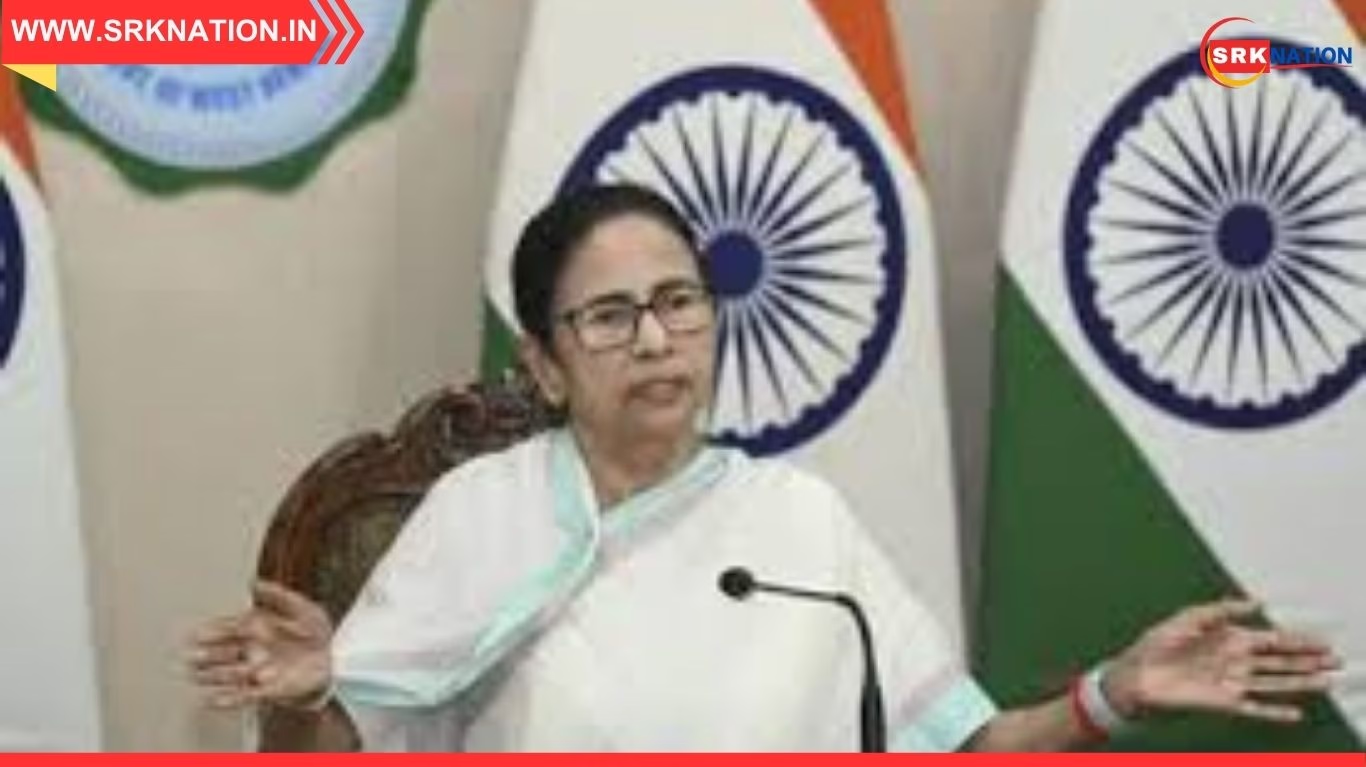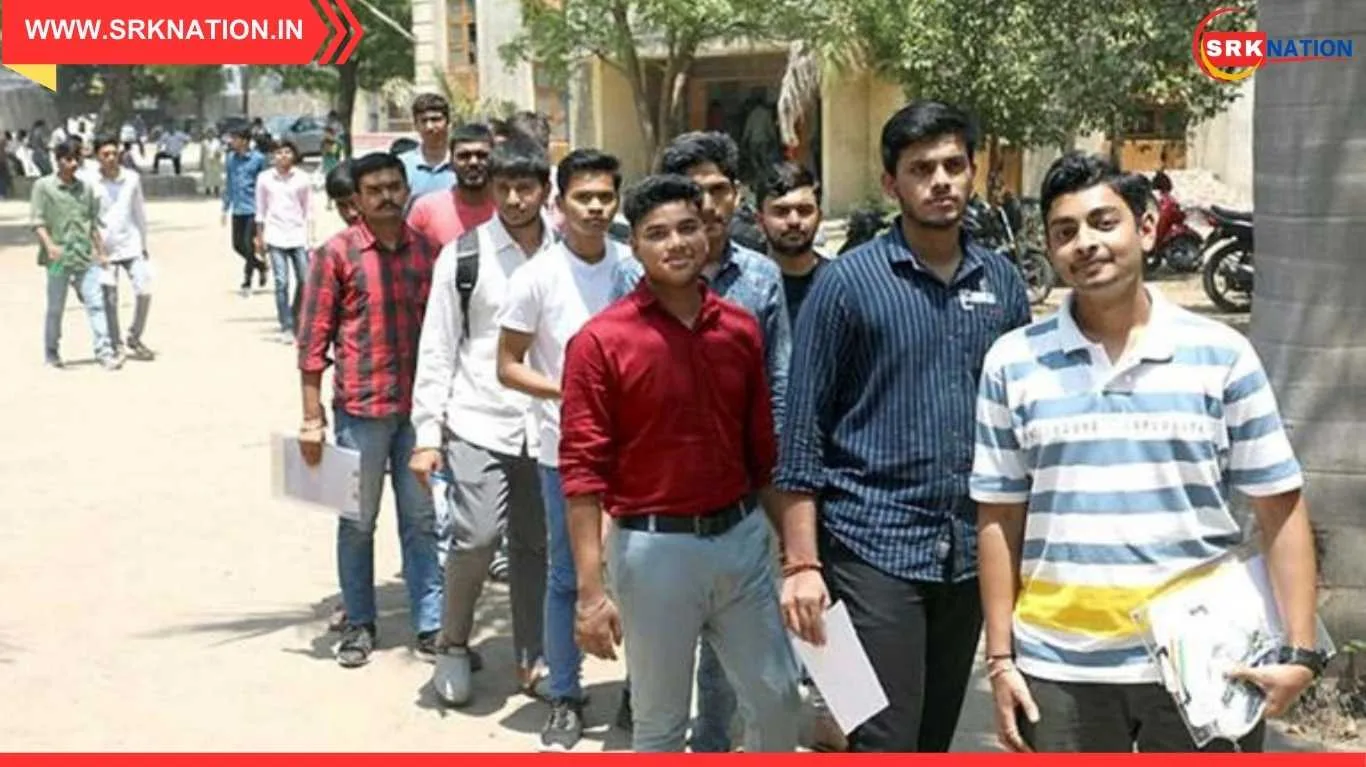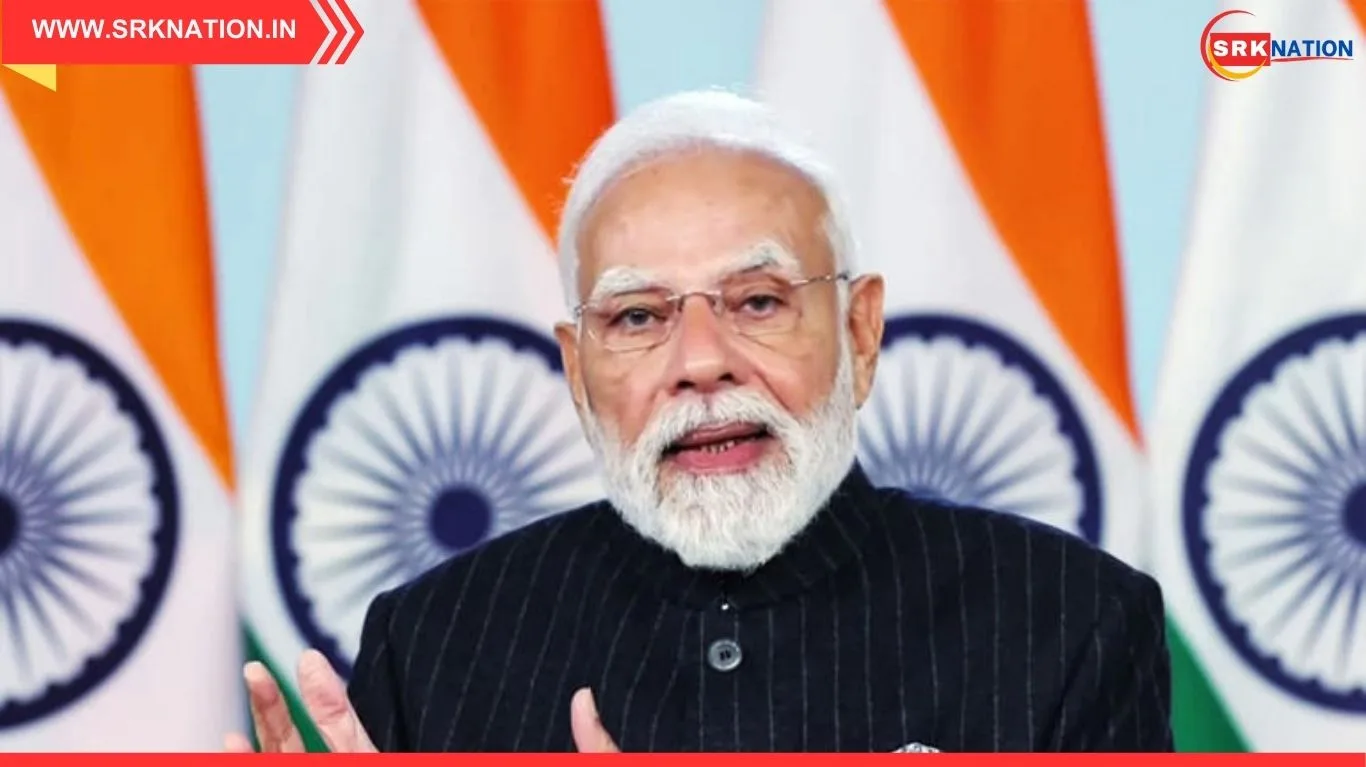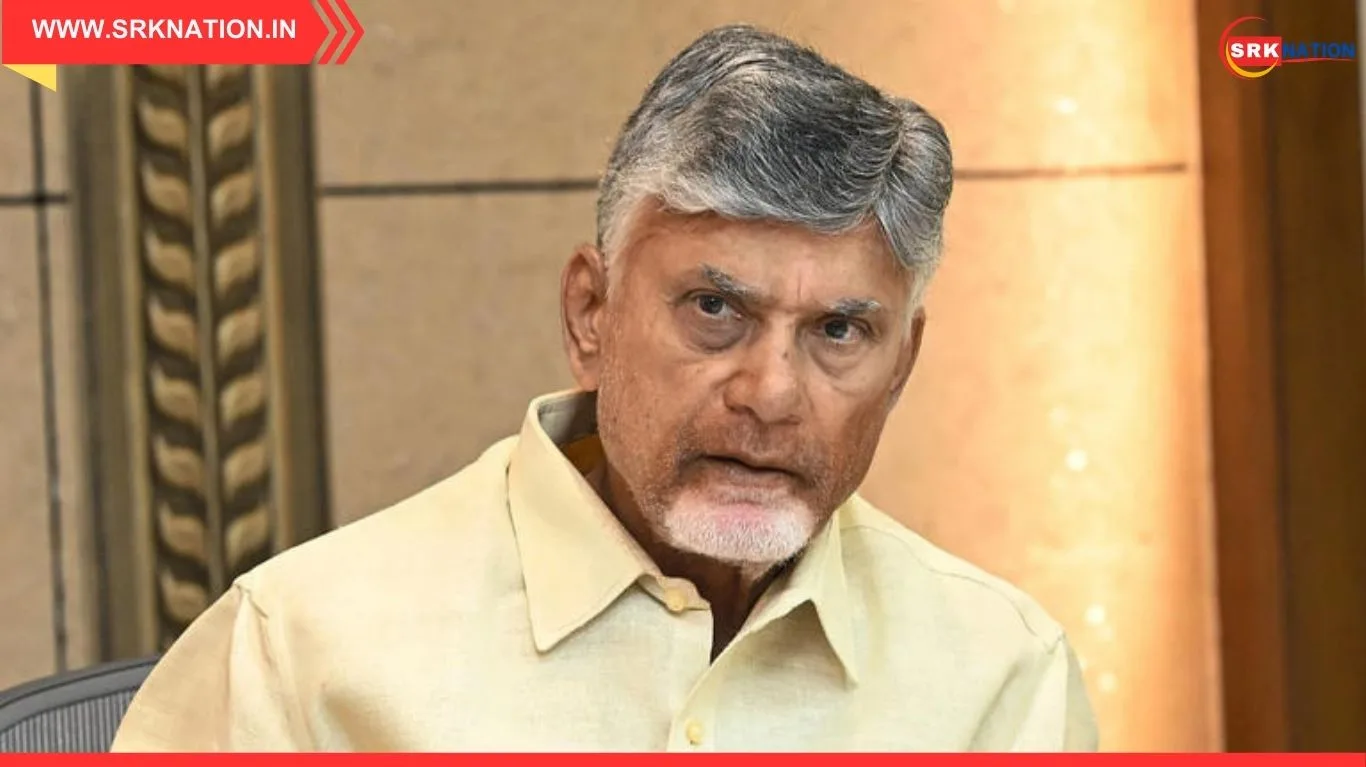West Bengal has emerged as one of the most concerning states in India when it comes to justice delivery for crimes against women. According to a detailed analysis of National Crime Records Bureau (NCRB) data from 2017 to 2023, the state has consistently recorded one of the highest caseloads of crimes against women while maintaining one of the lowest conviction rates. In 2023, the conviction rate fell to a dismal 3.7%, placing West Bengal 35th out of 36 states and union territories.
The findings, published on October 16, 2025, come amid public outrage over the alleged gang rape of a medical student in Durgapur, which has reignited debates around women’s safety, police accountability, and judicial efficiency. The state’s average conviction rate over the seven-year period stands at just 5%, meaning only one in twenty cases resulted in a conviction. This stark contrast between reported cases and judicial outcomes has drawn criticism from legal experts, civil society, and opposition leaders.
🧠 Key Highlights of West Bengal’s Conviction Data for Crimes Against Women
| Metric | Value (2023) | National Comparison |
|---|---|---|
| Conviction Rate | 3.7% | Second-lowest in India |
| Average Conviction Rate | 5% (2017–2023) | National average ~26% |
| Caseload | 30,000+ cases annually since 2018 | Among top four states |
| National Rank | 35 out of 36 | Only one UT ranked lower |
| Recent Incident | Durgapur gang rape case | Sparked protests and political backlash |
The data underscores a systemic failure in investigation, prosecution, and victim support mechanisms.
📊 Timeline of Key Events and Policy Responses
| Year | Milestone Description |
|---|---|
| 2017 | NCRB begins tracking conviction rates by state |
| 2018–2022 | West Bengal consistently among top states in caseload |
| 2023 | Conviction rate drops to 3.7% |
| October 2025 | Durgapur case triggers renewed scrutiny |
Despite multiple policy announcements, conviction rates have not improved, raising questions about implementation and accountability.
🗣️ Reactions from Legal Experts, Activists, and Political Leaders
- Legal Scholar, Kolkata University: “The low conviction rate reflects poor investigation and trial delays.”
- Women’s Rights Activist: “Victims are retraumatized by a system that rarely delivers justice.”
- Opposition Leader: “The government must answer why justice is denied in so many cases.”
| Stakeholder Group | Reaction Summary |
|---|---|
| Judiciary | Calling for fast-track courts |
| Police Officials | Citing lack of forensic infrastructure |
| Civil Society | Demanding transparency and reforms |
| Media | Highlighting systemic gaps and political fallout |
The Durgapur case has intensified demands for judicial reform, victim protection, and police modernization.
🧾 Comparative Conviction Rates for Crimes Against Women – Top and Bottom States
| State/UT | Conviction Rate (2023) |
|---|---|
| Kerala | 45.2% |
| Tamil Nadu | 39.8% |
| Maharashtra | 33.5% |
| Uttar Pradesh | 28.7% |
| West Bengal | 3.7% |
| Lowest UT (Name withheld) | 2.9% |
West Bengal’s performance stands in stark contrast to states with robust legal and forensic frameworks.
🧭 What to Watch in West Bengal’s Justice Reform Trajectory
- Fast-Track Court Expansion: Pending proposals for 20 new courts
- Forensic Lab Upgrades: Budget allocations under review
- Police Training: Gender sensitization and evidence handling modules
- Victim Support: Helpline and shelter schemes under scrutiny
Chief Minister Mamata Banerjee has faced backlash over her remarks following the Durgapur incident, with critics accusing the administration of insensitivity and deflection.
Disclaimer
This news content is based on verified NCRB data, legal commentary, and media reports as of October 18, 2025. It is intended for editorial use and public awareness. The information does not constitute legal advice, political endorsement, or judicial analysis and adheres to ethical journalism standards.











